The restaurant industry in UAE is not just highly competitive; it also hosts a diversity of customers. The Middle East, owing to its ‘Diversification Plan’ has become a prime tourist spot. Dubai is ranked as the 4th best destination for international travelers. Because of this, the restaurant industry which stands at the heart of the plan has evolved into a highly competitive and complex market. The downside is that due to rising costs of living all throughout the Emirates and the ongoing COVID situation, the cost of running a restaurant in the UAE has skyrocketed and because of immense competition and thin profits, the burden of these costs cannot be shifted to the consumers. A viable solution to beat both the rising prices and increasing competition is optimizing restaurant operations. In this article, we will discuss about the various restaurant operations and how you can optimize these restaurant operations with the help of technology.
Types Of Restaurant Operations
Restaurant operations can be broadly classified into two main operations – ‘Front-Of-The-House Operations’ and ‘Back-Of-The-House Operations.’ There must be proper coordination between both of these for the smooth functioning of the restaurant.
Front Of The House Restaurant Operations
Front-of-the-house operations are those with which the customers are in direct contact with. These operations play a role in creating an impression of your restaurant and providing satisfactory services to the customers. Major front-of-the-house operations include ensuring a great guest experience by efficient order-taking process and customer engagement.
Back Of The House Restaurant Operations
Back-of-the-house operations play a crucial role in running the restaurant, but the customers are in no contact with them. They are the administrative or kitchen operations that influence customer experience at the restaurant, but indirectly. In a sense, they add value to the front-end operations and include order preparation and inventory management.
Both front-of-the-house and back-of-the-house operations are necessary for a restaurant’s success. The employees on both ends work as a synchronized unit to create and deliver a phenomenal restaurant experience. While the front of the house operations is responsible for customer service, back-of-the-house operations impact the costs involved in running a restaurant.
Here is how you can leverage technology for optimizing restaurant operations of your front-end and back-end operations and improve your restaurant’s performance.
1. Optimizing Front Of The House Operations
Your front-of-the-house operations play an integral role in customer satisfaction. They create the correct ambiance in your restaurant and communicate your restaurant’s concept. At the same time, your customers notice how smoothly your front-end team functions and uses it as a parameter to determine the performance of the back-end staff as well.
In Emirates, due to a high amount of competition, enticing potential customers is essential, but retaining present customers takes the front seat for profitability. Hence it makes sense to invest in technology that will optimize your front-end operations in such a manner that they add to the customer experience. Using restaurant technology for operations is a great way of ensuring smooth service.
(i) Order Taking and Billing Operations
While it is true that any POS system generates bills, we insist upon using a cloud-based POS for a simple reason – it can be accessed from anywhere, it is hardware-independent, hence can be operated from any machine, and you can check up on your restaurant operations from any corner of the world.
POS software simplifies the process of order taking. Your servers can accept orders through a Restaurant Ordering App from a handheld device, and the orders are automatically placed into the POS. You can also allow your customers to place their orders themselves through a Tablet. The entire menu can be viewed on the Tablet itself and customers can add their comments or special requests on how they would like the order.
This feature automates the entire process of taking the order, delivering it to the kitchen, adding it to the POS, coming out with the order again, serving the guests, and communicating special requests. Now your wait staff does not need to run in circles, and the entire process of taking an order gets so efficient that it impacts restaurant profitability and customer satisfaction.
(ii) Quick Billing
A cloud-based POS software accounts for all the items which are ordered as soon as the order ticket is generated. Thus, it can accept orders and generate bills at a faster pace as compared to a legacy POS system. The customers will not need to wait extra for the bill to arrive, thus ending their dining experience on a sweet note and improving your table turnover time.
A cloud-based POS also manages the billing of online orders and orders placed over call on the same device in different tabs and give you detailed reports for the same. This ensures that all orders from multiple sources are placed into one central POS.
(iii) Table Reservation And Queue Management
Customer service begins even before the guests arrive at your restaurant. Integrated with the Table Reservation system, the cloud POS allows you to accept reservations beforehand. Based on the current availability, you can also forecast the time it will take to seat customers during rush hours and tell them the expected wait time.
(iv) Delivering A Stellar Customer Service
Dubai has approximately 260 customers per restaurant as compared to 320 customers per restaurant in the USA. This difference is not because people do not dine out in the Middle East, but because the number of restaurants is quite high. As a result, the existing customer base gets split. While the number of tourists is on the rise, the pace at which tourism is increasing in the UAE is nowhere close to the speed at which the number of restaurants is growing. Hence it is all the more important to engage with customers. Investing in smart technology can change the way you manage and use your customer information for the better.
You can improve your customer services through the efficient use of your Customer Relationship Management (CRM) technology. The software creates a database of all your customers, regulars, and first-timers. It tracks their eating habits, average spend, demographic they belong to along with other necessary information. Whenever the customer visits, your staff will already know what they like to eat, what they are allergic to, how much they spend, etc.
You can also use this information to upsell relevant dishes, provide better services, and give better offers and discounts thus improving customer satisfaction.
(v) Customer Engagement
One of the most effective ways to use CRM is SMS and Email marketing. When you send a promotional SMS or Email to your customers, it is ideally targeted towards retaining old customers instead of procuring new ones. Email and SMS marketing is an excellent channel to nurture customers. When you have a database of customer information, you can use it to personalize your schemes and discount pitch. You can combine your new menu items with the dishes that a customer usually orders to improve the chances of successful upselling, or you can offer the customers their most ordered menu item for a discount to give them an incentive to visit you. Such targeted marketing campaigns can only be designed using CRM technology.
(vi) Customer Feedback Management
Customer service doesn’t end when the guests have finished dining and paid for the meal. For a complete guest experience, you need to ask for customer feedback. Not only does this make the guests feel valued, it gives you the opportunity to take corrective actions in case of a disgruntled customer and also helps you improve your operations.
The traditional way of taking feedback has been through paper-based feedback forms. However, the manual method is not very effective and results in generic responses from the customers. Digital Feedback Forms solve this problem. Integrated with the POS, the Feedback App generates custom questions based on the food ordered, and the service delivered. Not only does this make the feedback highly relevant for customers, thus encouraging more explicit responses, it also gives specific insights about each aspect of your restaurant operations.
In the case of negative feedback, you also get real-time alerts that would help you look into the matter and resolve the complaint immediately.
Optimizing Back Of The House Operations
Even though the customers are in no contact with your back-end operations, you must remember that they add to customer satisfaction just as much as front-end operations do and significantly impact your operating costs. Back-end and front-end operations work as a team and together create a dining experience for your customers to judge your restaurant performance. If your back-end is slow or the operations are mismanaged, the front-of-the-house staff will not be able to deliver their services on time. Thus you need to optimize your back-end along with your front-end.
Here is how you should be using technology to keep the back-of-the-house operations streamlined.
(i) Efficient Order Preparation Process
During rush hours, it is possible that even when an order has been placed at the POS, the KOT may not be sent to the kitchen immediately and lead to a delay in order preparation. Cloud technology resolves this issue. As soon as the order gets placed in the POS, it is reflected in the Kitchen Display System.
Kitchen Display Systems act as a junction between the front end and the back end of the restaurant. They enable the kitchen staff to view and prepare the order and also update the order status. As soon as the order is prepared, the wait staff gets notified and can pick up the order from the kitchen, thus reducing any delays in service.
(ii) Stock And Inventory Management
Inventory management is one of the most time and labor-consuming restaurant operations. It is an ongoing process that is prone to many errors, and any mistake in managing the stock can easily result in making the entire restaurant performance suffer. Hence it is crucial to invest in good inventory management software for your restaurant. It automates the process of tracking inventory based on the opening numbers fed to the POS software. This allows you to track your inventory in real-time, all the time.
The technology works as an integrated, synchronized unit which means that as orders are billed for, the POS system will automatically update inventory count based on the information. It will even give you the variance between the ideal and actual stock consumption.
Re-order levels can thus be set in the software itself and vendor details saved. As that is done, as soon as an item hits the reorder mark, the system will automatically notify you. The same can be set for the expiration date of perishable raw materials. Live inventory count, the ability to check variance between the ideal stock consumed and the actual stock consumed, and reorder reminders work on the basic principle of making management an easy and automated process in your restaurant.
Sync Between Front and Back Of the House Operations
Even if you have wholly optimized and efficient front-of-the-house and back-of-the-house operations unless these two talks and are in sync with each other, your business is not going to prosper. Investing in the correct restaurant technology can not only make you stand out in terms of service, but it will also bind your restaurant operations into one synchronized unit.
The restaurant industry in the Middle East is highly competitive, and there is an oversupply in terms of options for customers. Hence as a restaurant owner in the UAE, you must make sure that your restaurant runs seamlessly, or else you will lose your customers to your competitors easily.


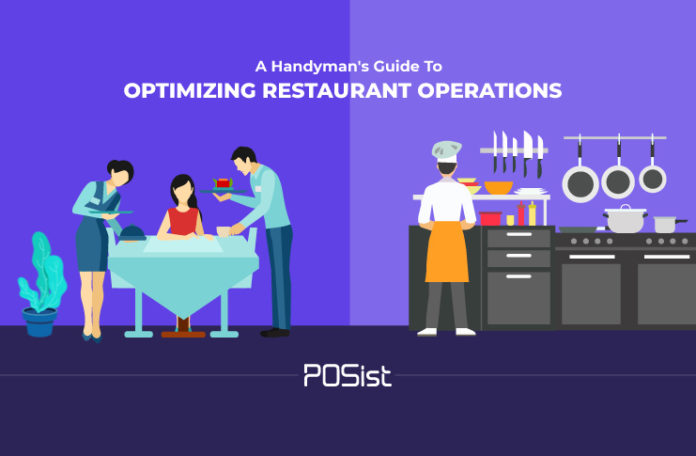
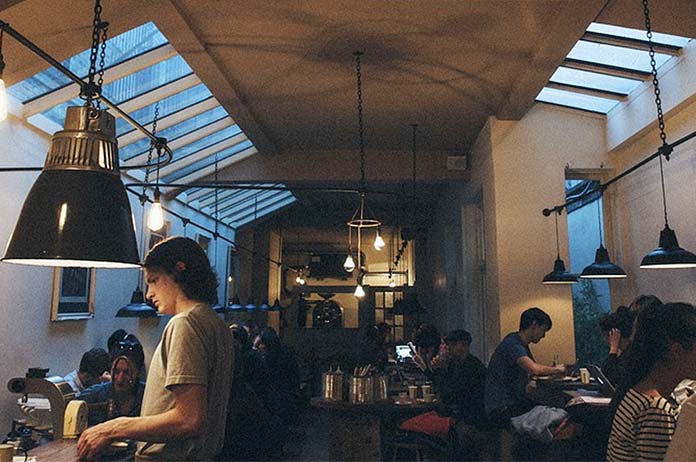
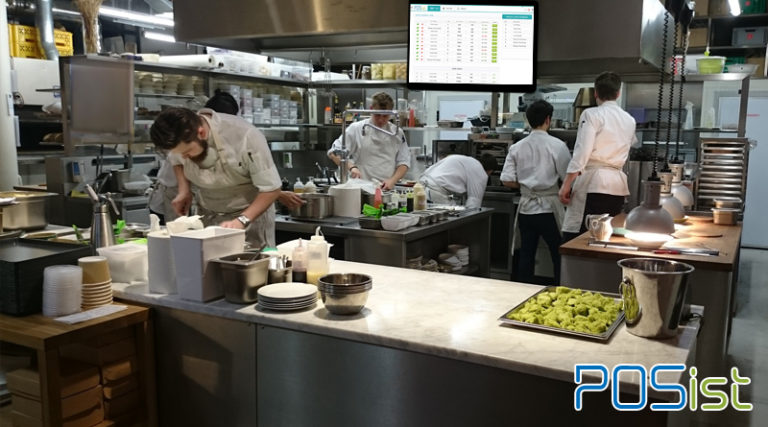


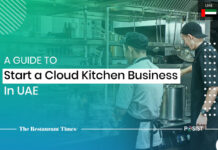
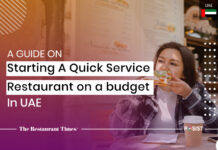












What are the different types of technology used in restaurants these days?